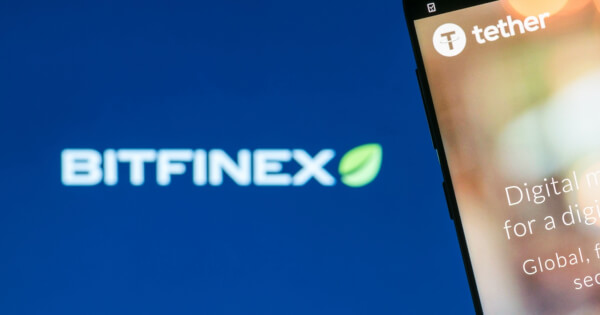Terrill Dicki
May 26, 2025 06:28
Solana is gaining traction in real-world asset tokenization, challenging Ethereum with its fast transaction speeds and low fees, according to Bitfinex.
Solana is rapidly emerging as a formidable player in the realm of real-world asset tokenization (RWAs), offering a compelling alternative to Ethereum’s long-standing dominance. This development is driven by Solana’s rapid transaction speeds and minimal fees, which have attracted projects requiring real-time and efficient asset interaction, according to Bitfinex.
Rise of Solana in RWA Tokenization
Tokenization of real-world assets involves converting ownership rights of tangible and intangible assets into digital tokens on a blockchain. This process offers benefits like fractional ownership, global transferability, and enhanced liquidity for otherwise inaccessible assets. Tokenization also transforms assets into smart contracts, enabling automation of compliance, dividend distribution, and governance.
While Ethereum has historically been the go-to platform for RWAs, its scalability issues and high costs have prompted the search for alternatives. Solana’s infrastructure has attracted projects like Homebase and Credix, which require real-time asset interaction. Meanwhile, Liquid Network, a Bitcoin sidechain developed by Blockstream, offers a distinct approach by focusing on Bitcoin’s traditional philosophy.
Comparing RWA Tokenization Across Blockchains
Solana, Ethereum, and Liquid Network represent different strategies for integrating traditional finance into blockchain technology. Ethereum’s rich DeFi ecosystem remains a top choice for large RWA pilots, though its costs and slower speeds have driven developers to explore Layer 2 solutions or other blockchains.
Solana’s single-shard design and customizable token primitives create an ideal environment for RWA applications requiring speed and real-time interaction. Features like token extensions allow for transfer restrictions, automated interest, and compliance integration at the token level.
Liquid Network emphasizes security and simplicity, making it suitable for financial applications demanding high reliability, such as tokenized micro-bond issuance or secure financial contracts.
Institutional Preferences
Major institutions continue to rely on Ethereum for its stability and compliance ecosystem. However, Solana is increasingly appealing to new organizations and fintech companies due to its ability to handle high volumes with low latency.
Though less prominent in headlines, Liquid Network is ideal for bilateral markets or tokenized securities issuance, where security and simplicity are prioritized over speed and flexibility.
In summary, the future of RWA tokenization is likely to be multichain. Ethereum, Solana, and Liquid Network each serve unique roles, with Ethereum leading in complex, large-scale projects, Solana excelling in dynamic applications, and Liquid Network offering secure, simple transactions aligned with Bitcoin’s principles.
Image source: Shutterstock
